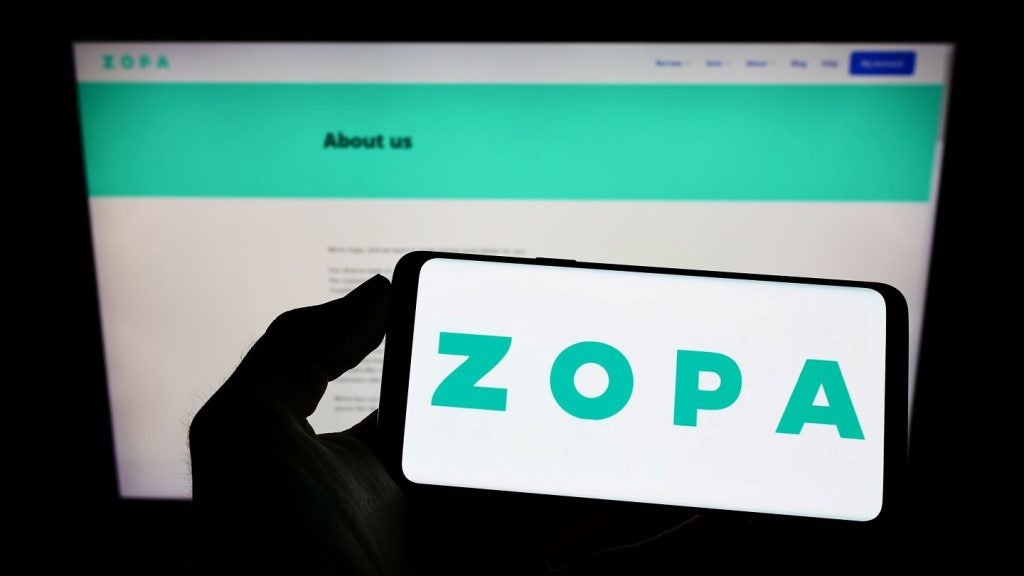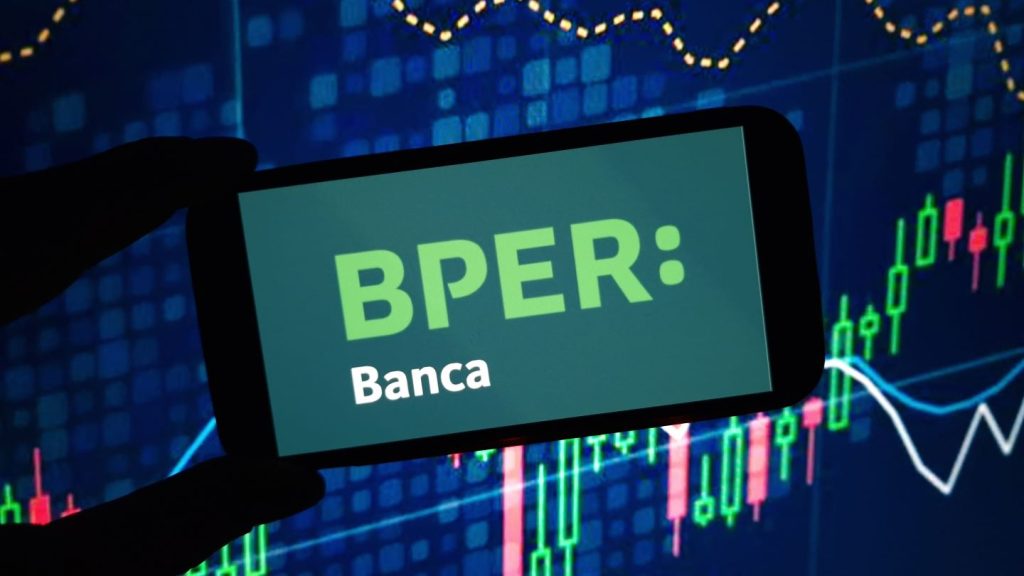The traditional argument hurled at challenger banks is that while they may be gaining popularity, their lack of profitability means they are not serious contenders. However, as challengers like Monzo continue to grow and engage with their users, their path to profitability lies in the long-term benefits of customer engagement.
Across Europe, the number of digital bank users is projected to more than double in a year to 35 million (Accenture, 2019). This trend has been driven by bigger players such as Monzo, which is growing by 200,000 users a month. The bank also now makes up 50% of the UK digital bank market share for monthly active users.
This growth should worry incumbent providers, yet it doesn’t because those same challenger banks are currently losing an average of £9 per customer (although this is on a downward trend with Monzo, for example). However, this figure fails to show digital banks’ prospects for the future. GlobalData’s Global Retail Banking Analytics shows that incumbent banks typically make 85%+ of their profit through lending, a segment that most marketplace banking models have only recently begun to offer. Monzo, for example, was already receiving a significant proportion of its net income this year through interest from overdrafts and is likely to generate an even greater proportion having introduced personal loans this year. Digital banks will also benefit from increasing economies of scale where higher income outstrips higher costs, a situation that Monzo and its rivals expect in the coming year.
Digital banks have been able to generate this level of growth by capturing the hearts and minds of their customers. While incumbent banks have net promoter scores of around 20, digital banks average an impressive 62. Monzo itself receives a score of 80 and was recently voted the top UK brand from a pool of 1,500, an unprecedented feat within the banking sector. This apparent hype has a significant effect on its bottom line. Whereas incumbent banks have to tempt customers to switch with cash rewards of up to $260 (£200) as well as special teaser rates for savings and mortgages, Monzo can sign up hundreds of thousands of customers at very low acquisition costs.
The marketplace has also been a great way to grow as challengers are able to offer a suite of low-cost products, with the likes of Starling creating products such as cybersecurity and credit score builders that are not available with incumbents. As the marketplace can reach more parts of a customer’s financial life, it will continue to be used as a place to attract customers and keep them engaged. But for the most profitable products, such as credit cards and personal loans, Monzo and others will increasingly supply these products themselves.
Incumbent banks may point to a lack of profitability in the current climate as proof of Monzo’s supposed inevitable demise. Yet before this problem arose, it was the lack of customer numbers that was claimed would be its downfall. Those that concentrate on either are missing the fundamental point. Rather than concentrating on static numbers, banks should observe how Monzo has helped and engaged with its customers and decipher what they can do to achieve the same satisfaction with their own.

US Tariffs are shifting - will you react or anticipate?
Don’t let policy changes catch you off guard. Stay proactive with real-time data and expert analysis.
By GlobalData






